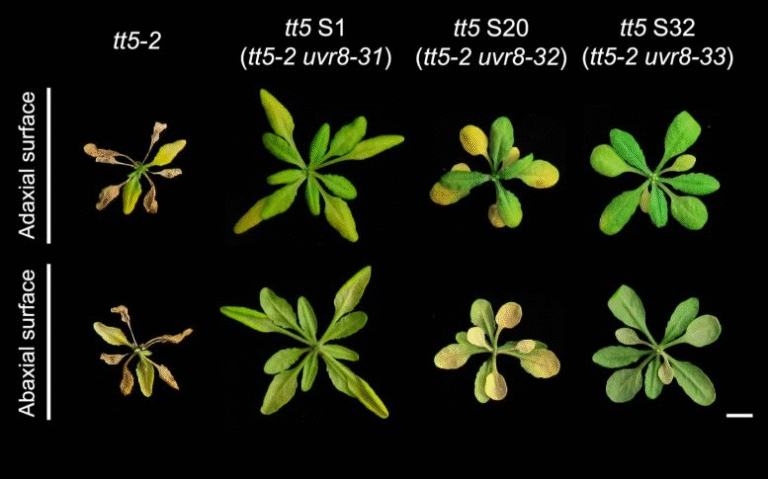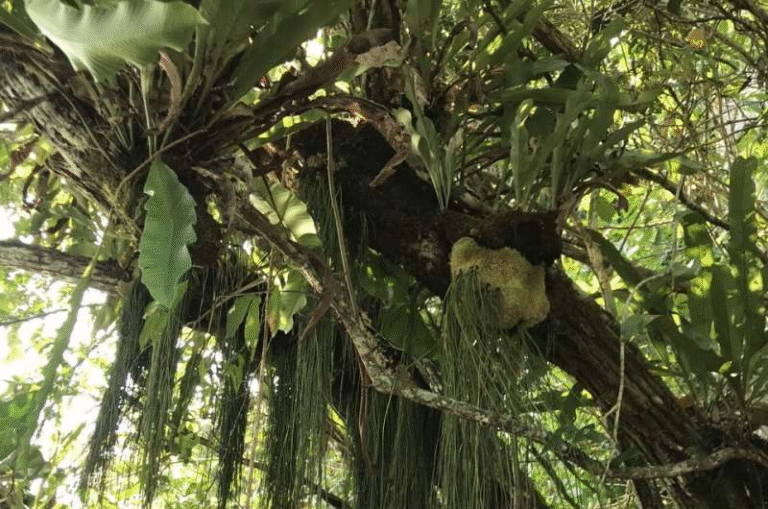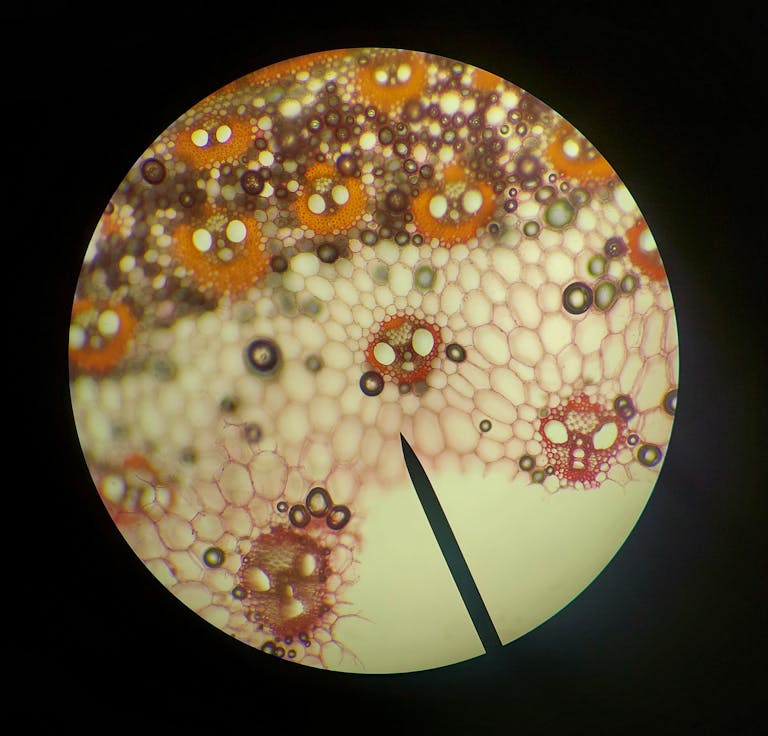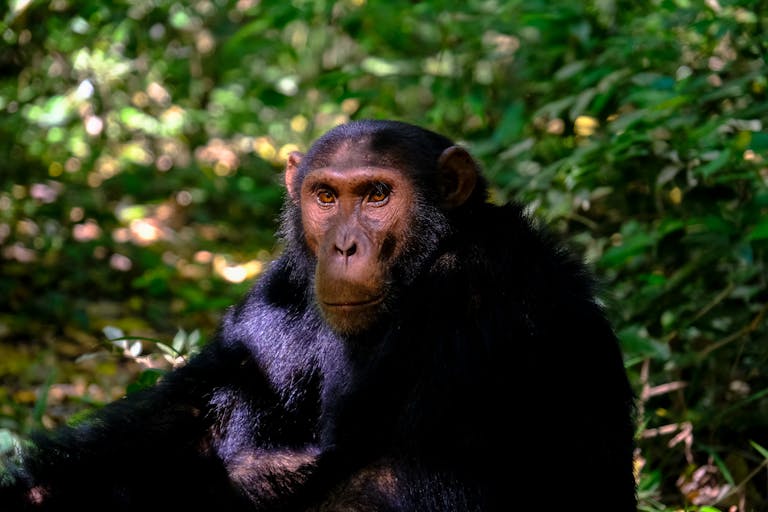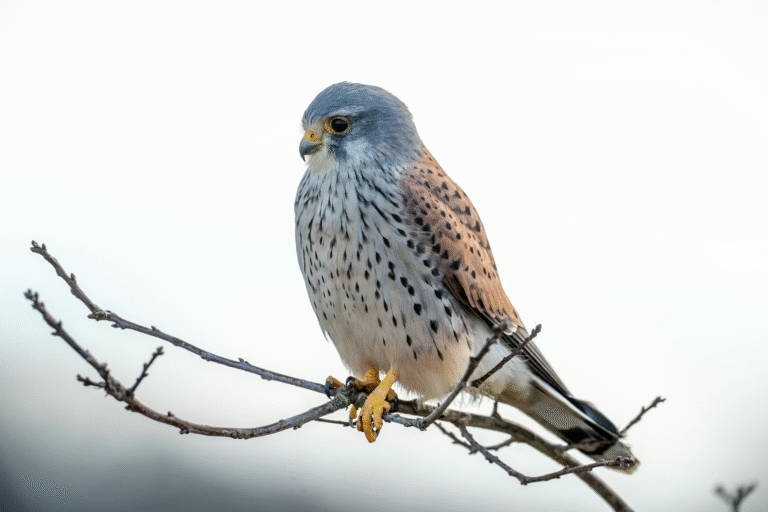Extinction Rates Have Slowed Across Many Plant and Animal Groups, Study Reveals
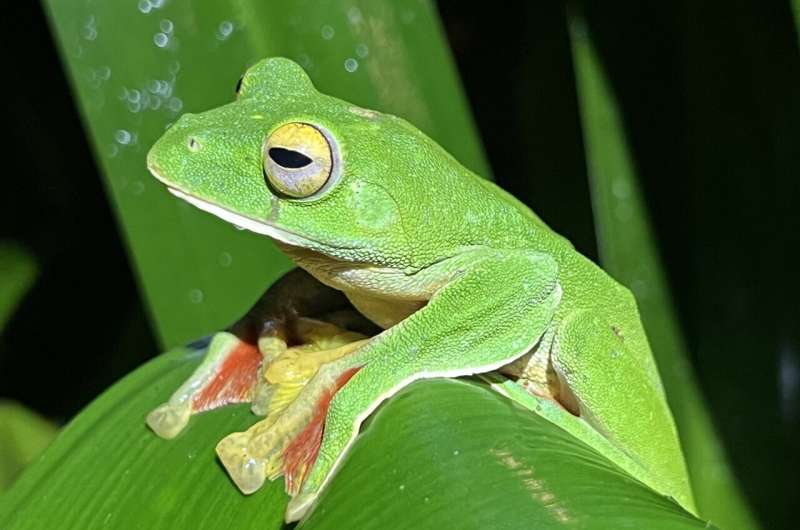
A new scientific study has revealed something surprising about the ongoing biodiversity crisis: extinction rates for many plants and animals aren’t accelerating as previously believed—they’ve actually declined over the past century. The research, conducted by Kristen Saban and John Wiens from the University of Arizona’s Department of Ecology and Evolutionary Biology, analyzed the patterns and causes of species extinctions over the last 500 years and found that extinction rates peaked around a century ago and have slowed since then.
The study, published in the Proceedings of the Royal Society B: Biological Sciences, challenges some long-standing assumptions about the so-called “sixth mass extinction.” Many earlier studies projected rapid species loss by extrapolating from historical data, assuming that extinctions were speeding up in recent decades. But Saban and Wiens’ analysis suggests the situation is more nuanced—and that past extinction patterns may not accurately predict what’s happening today.
The Focus of the Study
The researchers examined extinction data for 912 plant and animal species known to have disappeared in the past five centuries. To get a fuller picture, they also considered information for about 2 million living species and analyzed threat levels (like “endangered” or “least concern”) for over 163,000 species, based on the International Union for Conservation of Nature (IUCN) database.
Their analysis covered plants, arthropods (insects and similar invertebrates), and land vertebrates (amphibians, reptiles, birds, and mammals). They wanted to know whether past extinction patterns could serve as reliable indicators of present and future risks—and whether the main causes of extinctions had changed over time.
What they found paints a more complex picture than the doomsday headlines often suggest.
Key Findings
One of the most striking findings is that extinctions peaked roughly 100 years ago and have declined since. Contrary to widespread belief, extinction rates aren’t currently increasing across the majority of plant and animal groups.
In fact, for several major groups—including plants, arthropods, and land vertebrates—extinction rates have dropped notably since the early 1900s. This suggests that conservation efforts and global awareness over the last century may be making a measurable difference.
The data also revealed major differences between groups. For instance, mollusks—a category that includes snails, clams, and mussels—have suffered disproportionately high extinction rates, while plants and arthropods have experienced relatively few recorded extinctions. Vertebrates also experienced significant losses, though not as uniformly as often assumed.
When it comes to geography, the study showed that most extinctions occurred on isolated islands, such as the Hawaiian Islands, where species often evolved in isolation and were highly vulnerable to new predators or competitors. On continents, most recorded extinctions occurred in freshwater habitats, which are among the most fragile ecosystems on Earth.
The Causes Behind Past and Present Extinctions
One of the study’s most important contributions is its analysis of why species went extinct—and how those causes have changed. Historically, most extinctions were caused by invasive species introduced to islands by humans. Rats, pigs, and goats brought by travelers and settlers wiped out countless native birds, reptiles, and amphibians that had no natural defenses against them.
In contrast, the main threat today is habitat destruction—the loss of natural environments due to agriculture, urbanization, mining, and deforestation. On the mainland, the destruction and fragmentation of habitats pose the greatest danger to biodiversity.
Interestingly, despite growing concern about global warming, the researchers found no clear evidence that climate change has been a major driver of extinctions in the past 200 years. However, they caution that this doesn’t mean climate change isn’t dangerous—it simply hasn’t yet shown up strongly in historical extinction data. Future impacts could be severe as temperatures and weather patterns continue to shift rapidly.
Another key takeaway is that past extinction patterns don’t accurately predict current or future risks. The forces driving species loss today—especially habitat loss and climate change—differ from the dominant historical causes. This makes it misleading to use old extinction trends to estimate future ones.
Conservation Efforts Might Be Paying Off
Although the study doesn’t claim that the extinction crisis is over, it offers a glimmer of hope. The decline in extinction rates could be partially due to effective conservation actions. Efforts such as wildlife protection laws, habitat restoration projects, and international conservation agreements appear to have helped stabilize or protect many species that would otherwise be at risk.
Wiens noted that “many people are working hard to keep species from going extinct,” and there’s growing evidence that investing in conservation actually works. Protected areas, captive breeding programs, and environmental awareness campaigns have likely prevented further losses—though much work remains to be done.
Extinction Isn’t the Whole Story
While extinction is the final endpoint of species decline, it’s not the only measure of biodiversity loss. Many species are now functionally extinct in the wild—present in small numbers but no longer playing their ecological roles. The IUCN estimates that over 28% of assessed species are threatened with extinction, including 41% of amphibians, 26% of mammals, and 13% of birds.
This means that even though extinction rates might have slowed, the global biodiversity crisis is far from over. Habitat degradation, overexploitation, and pollution continue to push countless species toward the brink. Saban emphasized that biodiversity loss remains a “huge problem” and that rigorous science is essential to understanding and addressing it effectively.
Why This Study Matters
This research challenges the narrative that extinction rates are accelerating uncontrollably, offering a more data-driven perspective. It doesn’t deny that biodiversity loss is a major concern but calls for more precision and nuance in how scientists and the media talk about it.
The authors argue that exaggerating the situation with “end-of-the-world” language can backfire. If people believe that the problem is as catastrophic and irreversible as an asteroid impact, they may feel powerless to act. By showing that some trends have improved and that conservation can work, the study provides a more balanced and constructive view.
Understanding Biodiversity and Extinction
Biodiversity refers to the variety of life on Earth—plants, animals, fungi, and microorganisms, and the ecosystems they form. It’s essential for ecosystem stability, food security, clean air and water, and even climate regulation.
An extinction occurs when the last individual of a species dies. Extinctions are a natural part of evolution, but the current rate of loss—driven largely by human activities—is far higher than the natural background rate. While this study shows that the rate has slowed compared to a century ago, it remains many times faster than the pre-human average.
The most critical takeaway is that different causes dominate in different times and places. In the past, invasive species and overhunting were key. Today, habitat loss and climate change top the list. Tomorrow, new threats like pollution, pathogens, and ocean acidification could emerge as major players. The dynamics of extinction are constantly evolving, and understanding these shifts is essential for developing smarter conservation strategies.
Looking Ahead
The findings by Saban and Wiens remind us that the story of extinction is not simple. While global biodiversity continues to face enormous pressure, it’s important to recognize areas of progress and success. Conservation actions—from restoring wetlands to reintroducing species—can make a tangible difference.
As the researchers put it, the goal isn’t to downplay the crisis but to see it clearly, without exaggeration or despair. Knowing that extinction rates have slowed gives reason for cautious optimism—and reinforces the idea that our actions matter.
Research Reference:
Unpacking the extinction crisis: Rates, patterns and causes of recent extinctions in plants and animals – Proceedings of the Royal Society B (2025)
